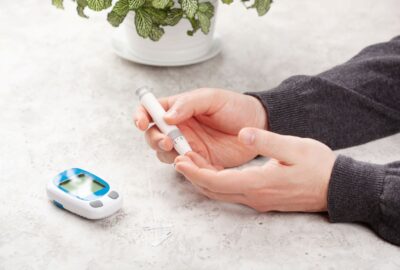The study looked at how children/young adults who recovered from cancer cope in comparison with their unaffected peers in the fields of education, employment, family formation, quality of life and health-risk behavior (and) in relation to each cancer subtype.
The researchers conducted a systematic review and meta-analysis based on the data of nearly 400,000 survivors between 1986 and 2023.
Their findings, published in JAMA Pediatrics, show that childhood cancer survivors (CSSs) face several socioeconomic challenges in the long term – also depending on the type of tumor they had and the treatment received. Another key discovery is when compared to their unaffected peers, the difference is more marked between them and their siblings than the healthy population.
We found that childhood cancer survivors perform consequently worse when compared to their siblings than in comparison with population-based controls
, says first author Márk Hernádfői, PhD student at Semmelweis University and resident at MRE Bethesda Children’s Hospital in Budapest.
“This highlights the strong influence of the family microenvironment on the fulfilment of social potential”, he adds.
In education, CCSs had similar chances of achieving at least high school graduation as population-based controls but lower than their siblings.
They had modestly lower odds of completing at least a lower level of tertiary education. Survivors of CNS tumors had lower odds of achieving at least high school graduation and a lower level of tertiary degree than the population-based controls, but no significant difference were found regarding the achievement of higher tertiary education.
Interestingly, the chances of solid tumor survivors’ completing at least high school and lower-level tertiary education was slightly higher than those of their healthy peers. All who recovered from childhood cancer required special education during their studies also because they may miss a up to a year in school due to treatment, the study notes.
CSSs have similar rates of employment when all cancer survivors are taken into account. However, a comparison with siblings showed significantly worse rates of employment – similarly to education.
In general, those who had childhood cancer face a higher rate of rejection in the job market when we compared to population-based controls.
The chances of health-related unemployment was even higher compared to what their unaffected peers might experience but the type of cancer survived greatly affected these odds.
Family formation is the area where the difference between CSSs and healthy population is the most marked.
Those who recovered from childhood cancer had significantly lower odds of being married and having children than their unaffected peers. If they do have children, they will in general have fewer than the control groups also because treatment may affect their fertility.
CCSs are less likely to engage in health-damaging patterns of alcohol, tobacco, and marijuana consumption indicating a health-conscious lifestyle.
They had lower chances of alcohol consumption compared to population-based controls and siblings. Similar tendencies were found when investigating problematic and binge drinking. They are less likely to be current or former smokers or consumers of marijuana. In comparison to population-based controls, survivors had slightly elevated odds of developing depression and thus consuming anti-depressants.
“The research has already produced some tangible results”, says Miklós Garami, pediatric oncologist at Semmelweis University’s Pediatric Centre, corresponding author of the study.
For example, children who recovered from cancer need not be banned from getting a driver’s license, active competitive sports or jobs previously deemed dangerous for them.
Thanks to advancements in the field, today 8 out of 10 children will recover from cancer, and the goal is to reduce this number to zero in the next two decades,
he adds.
“We encourage the creation of a multidisciplinary care that mitigates the potential adverse health effects and supports CSSs’ social reintegration. Our work lays the theoretical and practical foundations for this care.”
Illustration: iStock


